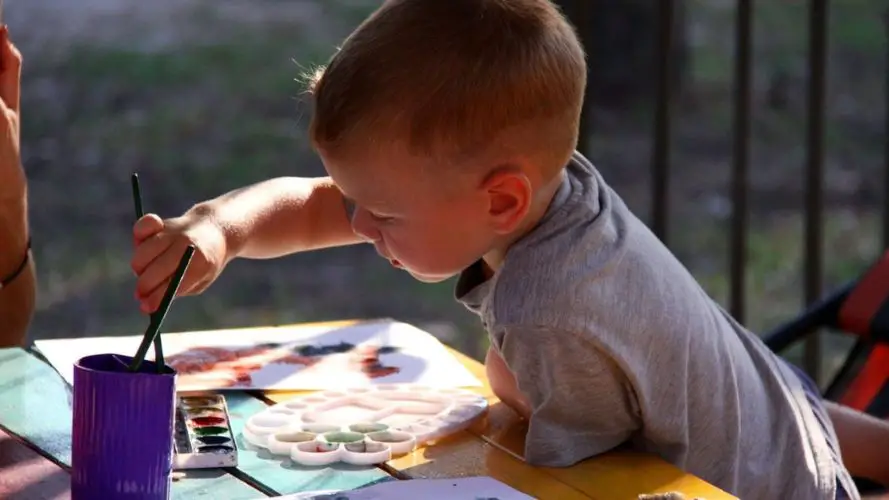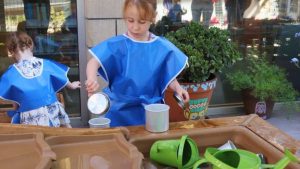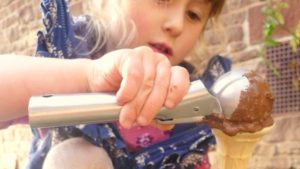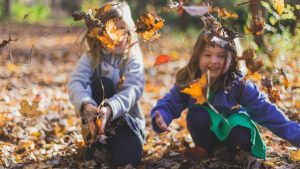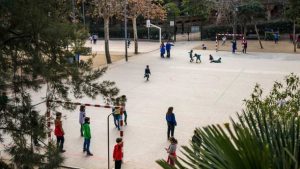Rainy days can be a tough proposition for parents and toddlers. They’ve got a lot of energy, and when they’re outside, there’s lots to do – staying busy inside requires a little more creativity. Fortunately, there’s lots of great ways to keep toddlers having fun and learning when they’re indoors. Whether it’s too yucky outside to play or you have minimal outdoor space, check out these 9 great indoor activities your toddler will love.
#1 Playing dress up
Creativity and imagination are essential parts Amazon of childhood development, and playing dress-up is one way that toddlers can have fun and express themselves. They’ll love playing with costumes, hats and accessories that make pretending extra fun. Want to build a cute collection for your kiddo on the cheap? Check out local thrift stores where outgrown Halloween costumes get donated. Often, they’ve only been worn once and are in great condition. Other clothes and accessories can be found there as well, but give all secondhand items a wash before putting them in a dress-up trunk for your kiddo.
#2 Handprint painting
Painting with washable tempera paint is a fun sensory experience for toddlers that’s easy for parents to clean up after. They’ll love digging their hands into the safe, squishy, colorful paint and making cute handprints. Show them how to make turkeys, rabbits and more using only the shape of their hands, and then let them discover the other designs they can make. It’s also a good way for toddlers to learn color identification and color mixing. A wide roll of craft paper spread all the way across the table makes cleaning up an even easier process.
#3 Scavenger hunt
Scavenger hunts are fun for kids of all ages, and it’s easy to scale the concept down to something toddlers can understand and enjoy. Take a few index cards and draw pictures your child will be able to identify to tell them where to go next. A drawing of their bed may lead to one clue, while the clue there leads them to the dog’s bowl and the one after that leads to the laundry room. Help them by encouraging them to think critically and rewarding them with a fun prize at the end, like a favorite snack or small toy.
#4 Collages
Collages are a really cute art project that involves layering existing images together. They’re really easy for toddlers to make, and if you have a lot of magazines hanging around the house, you already have most of the supplies. Go through and cut out fun, brightly colored images, words they’ll recognize, animals and plants. If you don’t subscribe to any magazines, don’t worry! Ask your doctor or dentist if they have any old issues sitting around they’re willing to part with – most offices receive subscriptions for free. Toddlers can then use non toxic glue to paste the images onto another paper in layers and create a unique art project. They’ll love looking through the pictures and deciding which to pick.
#5 Learning letters and words
If you have a Scrabble or Boggle game in your coat closet, you’ve already got what you need to practice some basic letter and word identification games with your toddler. Keep in mind that the pieces here are small, so this works better for kids over 3 , and supervision is essential. Parents can teach kids to identify letters and short words using the tiles, giving them a head start on reading fundamentals. As they get a little older, have them rearrange short words to see how many other words they can make with those letters.
#6 Pretend business/office/hospital
Kids have a blast pretending to do adult stuff, whether it’s taking old plastic cards in and out of a wallet you don’t use any more, writing on paper that’s attached to a clipboard or wrapping their stuffed animal’s ankle in a stretchy bandage. There are no doubt plenty of reusable or unused items around the house perfect for a pretend play area. Empty plastic bottles become medicine bottles for a pretend as physician, scrap paper and highlighters fit well into a pretend office and most discount stores have kid sized play money that’s inexpensive for a pretend business.
#7 Reorganizing their toys
Making a game out of reorganizing and sorting toys doesn’t just put an end to a messy room, it can also keep toddlers engaged and help them rediscover toys they may have forgotten about. It can also help you weed out toys they’ve outgrown or aren’t interested in any more, so you know what to donate to make room for new additions. Simple suggestions like “Let’s put all your stuffed animals on your bed” and “let’s put all your action figures in the green box” will help them feel involved and think critically – take the time to explain as many times as they need and reinforce your pride in their helpfulness.
#8 Dance party!
It sounds simple, and it is! A good old fashioned dance party is a great way to get toddlers up and moving. A playlist featuring your favorites and theirs will have them grooving to cool tunes and getting important physical activity that will relieve tension, increase feelings of calm and promote more restful sleep on a rainy day that might otherwise be restless and cranky. Nothing special required here except a safe room with plenty of space to spread out – carpeted is safest.
#9 Unique toy car tracks
If they’ve got a car collection, try out some new ways to play with it. Kids get bored with the same tracks over and over again, so try rolling cars from the couch to the floor with a clean baking sheet or through a cool tunnel made of a paper towel tube. Encourage kids to experiment with their cars on different safe surfaces to see which ones run quickest. Cardboard boxes with storage inserts can be turned on their side and used as a pretend “garage” they can park much of their collection in.


